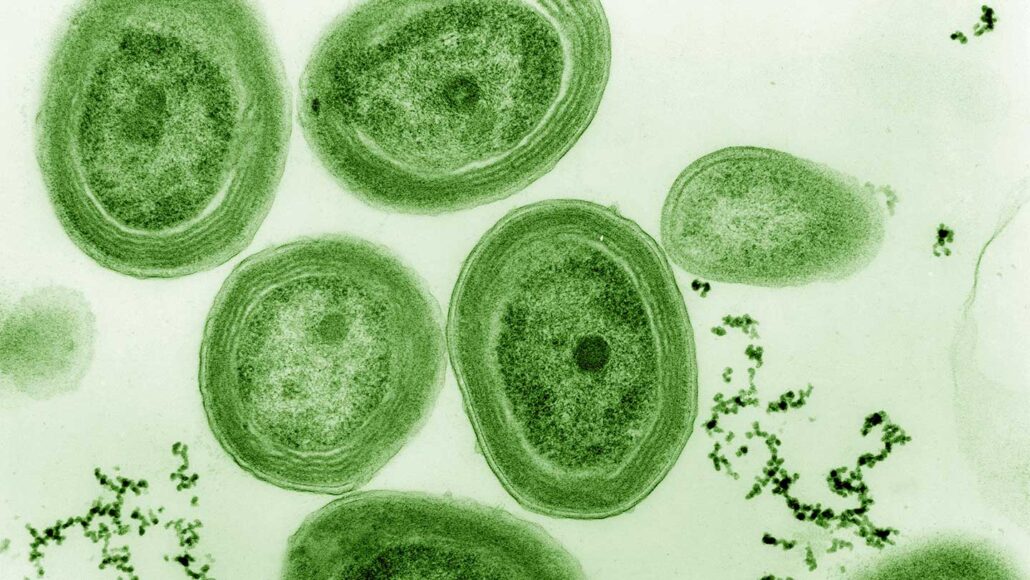
Life
Bacterial fossils exhibit earliest hints of photosynthesis
Microscopic fossils from Australia suggest that some bacteria evolved structures for oxygen-producing photosynthesis by 1.78 billion years ago.
Come explore with us!

Microscopic fossils from Australia suggest that some bacteria evolved structures for oxygen-producing photosynthesis by 1.78 billion years ago.
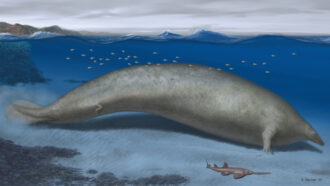
Called Perucetus colossus, it may have tipped the scales at up to 340 metric tons — more than today’s blue whales.
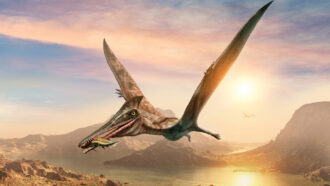
The latest clues from fossils hint at where these flying reptiles came from, how they evolved, what they ate and more.
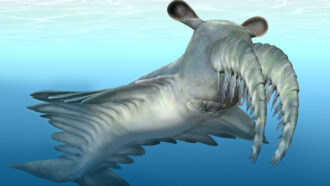
Scientists are rethinking how this extinct creature used the spiky limbs sticking out of its face to hunt.
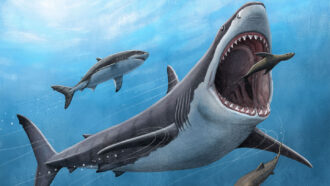
O. megalodon sharks were warm-blooded mega-predators. But when food sources dwindled, colder-blooded sharks may have had an evolutionary edge.
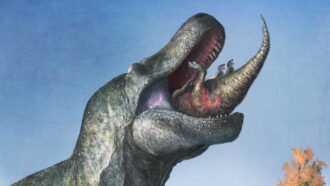
Dinosaurs like Tyrannosaurus have long been portrayed with their big teeth bared. But new research suggests this wasn’t so.
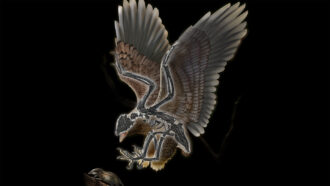
This bird from 120 million years ago had a head like a dinosaur and a body more like today’s birds.
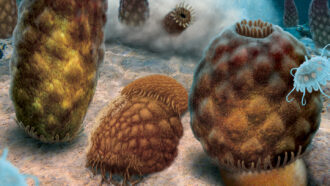
A new look at an ancient sea animal called Essexella suggests it may have been a type of burrowing sea anemone, not a floating jelly.
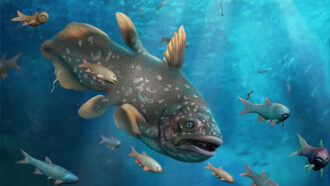
Marine ecosystems may have been back in action just a million years after the most severe extinction event known.
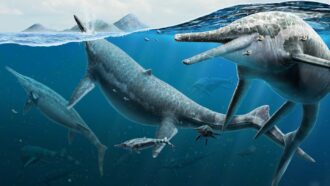
Some 230 million years ago, huge dolphin-like reptiles appear to have gathered to breed in safe waters, just as many whales do today.